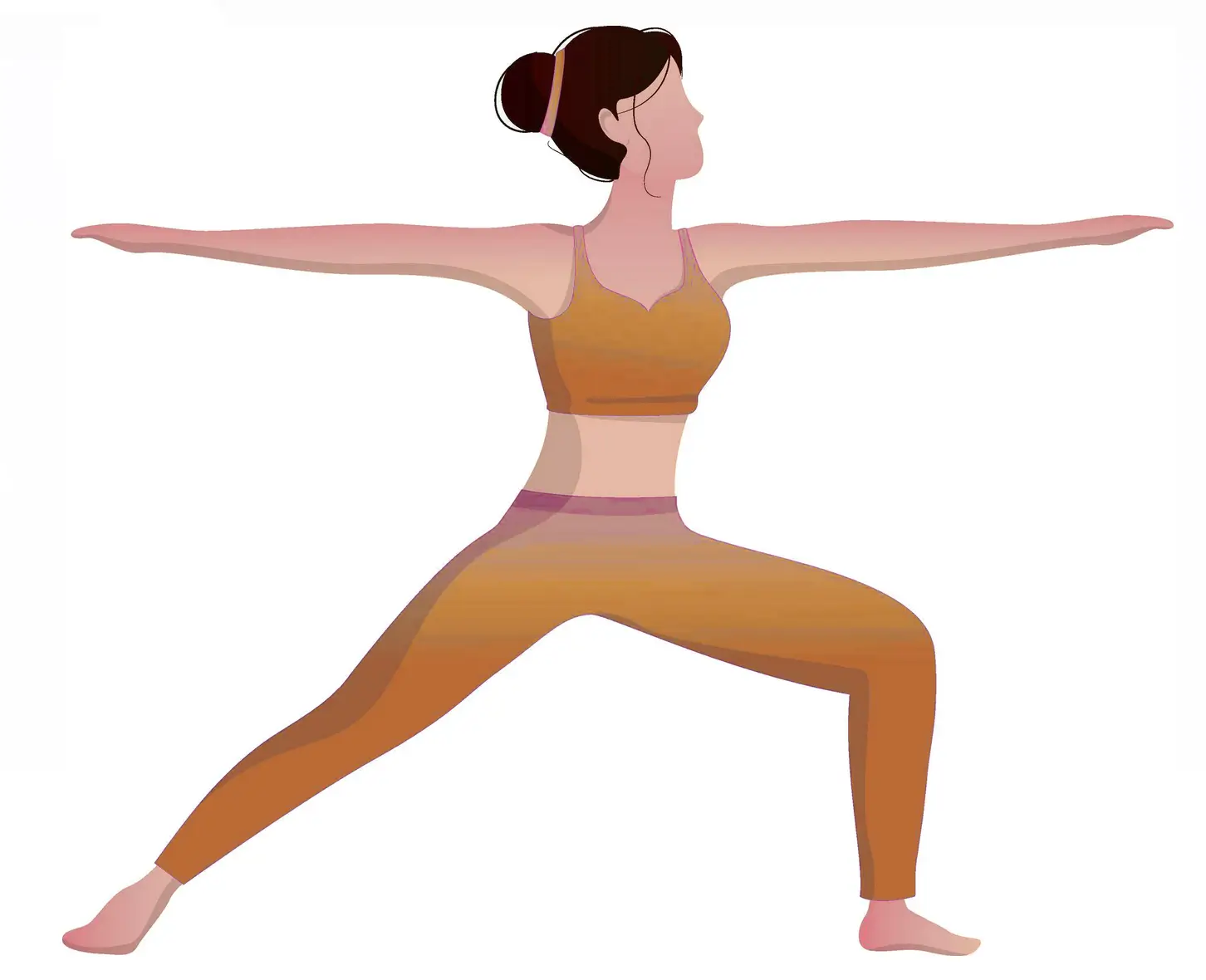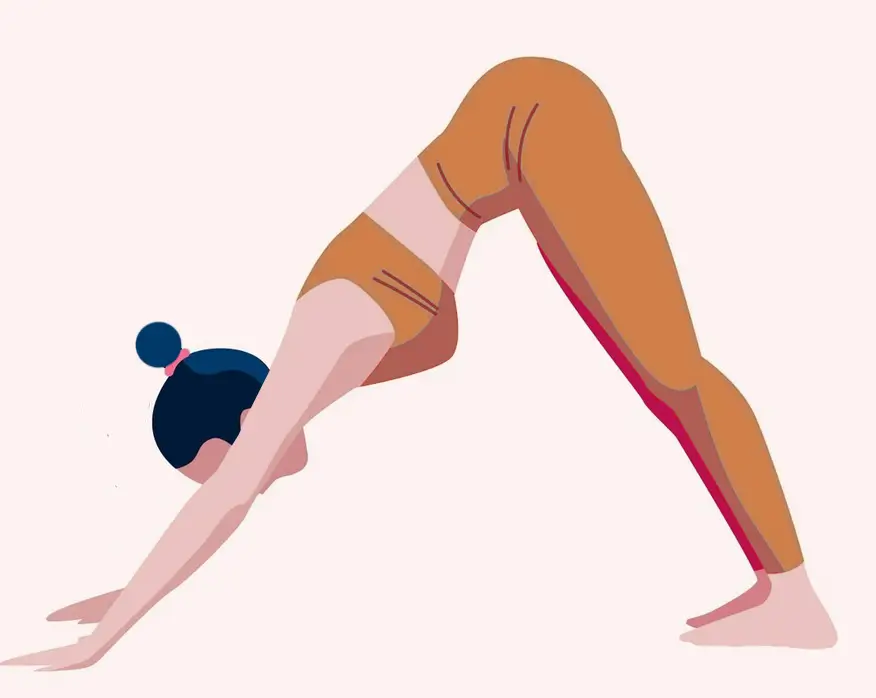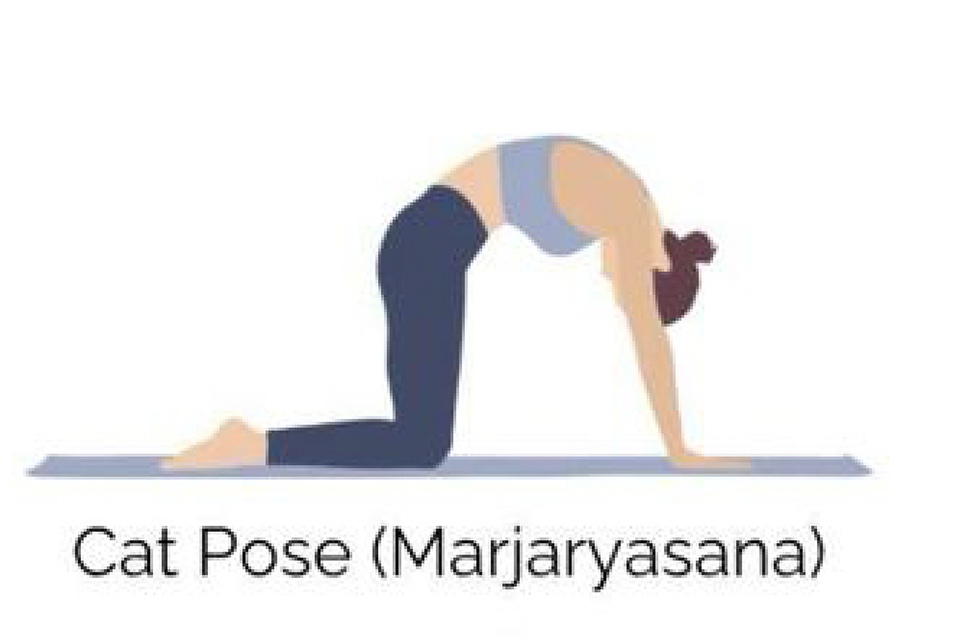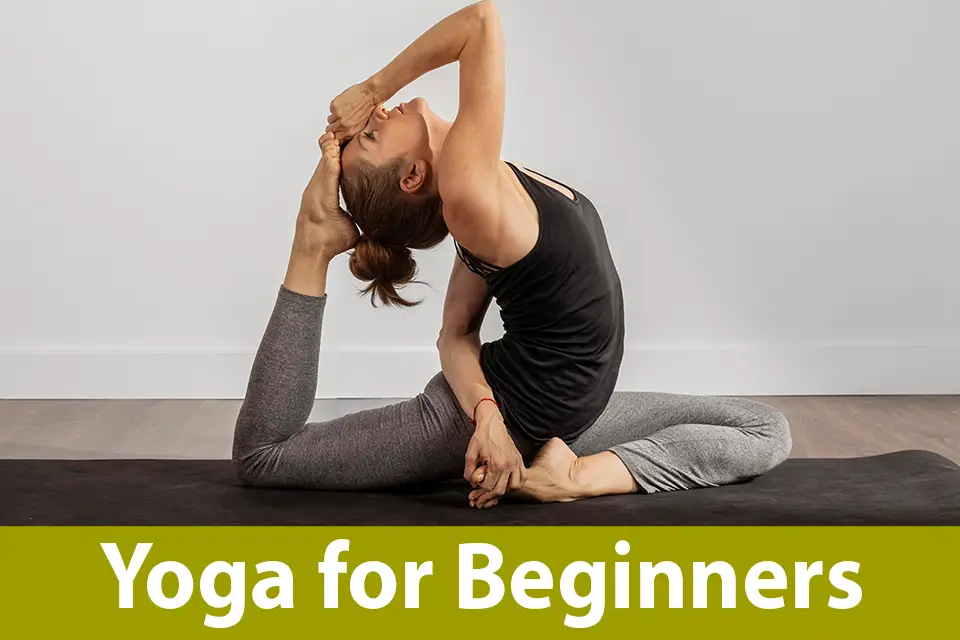Hey there, beautiful soul! Are you thinking about starting yoga but feel a little unsure about where to begin? Trust me, you’re not alone. Yoga can feel intimidating at first with all those fancy poses, Sanskrit terms, and perfectly toned Instagram yogis. But here’s the good news: yoga is for EVERYONE. Yep, that includes you.
So, roll out your mat (or just find some carpet space for now), take a deep breath, and let’s dive into this beginner-friendly yoga guide together. Whether you’re here to find a moment of zen, boost flexibility, or simply try something new, I’ve got your back.
- Why Yoga? The Benefits You Need to Know
- What You Need to Get Started
- Yoga Styles: Finding Your Fit
- Setting Up Your Space
- Basic Yoga Poses to Start With
- How to Breathe (Because Yes, There’s a Technique!)
- Building Your Routine
- Common Challenges and How to Overcome Them
- Yoga Etiquette 101
- Tracking Your Progress
- Final Thoughts: Embrace the Journey
Why Yoga? The Benefits You Need to Know
Before we get into the how-to’s, let’s talk about the why. Yoga isn’t just about touching your toes or achieving a handstand (although those can be fun goals). It’s about connecting your mind, body, and breath. Here are some amazing benefits of yoga:
- Stress Relief: Yoga helps calm your mind and reduce stress. Who doesn’t need a little more peace in their life?
- Flexibility and Strength: Over time, you’ll notice improved flexibility and stronger muscles—without any crazy gym equipment.
- Better Posture: Sitting at a desk all day? Yoga helps align your spine and ease tension in your back and shoulders.
- Improved Breathing: The breathing exercises in yoga (called pranayama) work wonders for your respiratory system.
- Mental Clarity: Yoga encourages mindfulness, which can help you focus better and feel more grounded.
What You Need to Get Started
You don’t need to spend a fortune or turn your living room into a yoga studio to begin. Here are the basics:
- A Mat: A yoga mat is ideal for grip and comfort. If you don’t have one, a soft rug works as a temporary solution.
- Comfortable Clothing: Wear something stretchy that allows you to move freely. Leggings, shorts, or even pajama bottoms work perfectly.
- Water Bottle: Staying hydrated is key, especially if you’re trying a more active yoga style.
- Optional Props: Rolled-up towel can help you modify poses to suit your body.
- An Open Mind: This might be the most important thing on the list. Yoga is a journey, not a destination, so be patient with yourself.
Yoga Styles: Finding Your Fit
There are so many types of yoga out there, and each one has its vibe. Here’s a quick breakdown:
- Hatha Yoga: Perfect for beginners, this style focuses on basic poses and slow, steady movements.
- Vinyasa Yoga: A more dynamic style that links breath with movement.
- Yin Yoga: Slow-paced with longer holds, this is great for deep stretching and relaxation.
- Restorative Yoga: Like a warm hug for your nervous system, this style uses props to help you relax fully.
- Ashtanga Yoga: A structured and athletic style for those who like routines.
- Bikram/Hot Yoga: Done in a heated room to make you sweat. (Bring a towel!)
If you’re unsure where to start, Hatha or Vinyasa are usually beginner-friendly.
Setting Up Your Space
Creating a dedicated space for yoga helps you get into the right mindset. Here’s how to make it cozy:
- Clear the Clutter: A clean, open space lets you move freely.
- Add Ambience: Dim the lights, light a candle, or play calming music.
- Keep Essentials Nearby: Your mat, water, and any props should be within reach.
- Minimize Distractions: Turn off your phone or put it on silent. This is your time.
Basic Yoga Poses to Start With
You don’t need to master every pose right away. Start with these foundational poses that are beginner-friendly:
Warrior I (Virabhadrasana I): Step one foot forward, bend your front knee, and reach your arms overhead. This pose builds strength and focus.

Downward Dog (Adho Mukha Svanasana): From hands and knees, lift your hips to create an upside-down V. Keep your knees bent if your hamstrings feel tight.

CAT POSE

How to Breathe (Because Yes, There’s a Technique!)
Breathing is a huge part of yoga, and it’s called pranayama. Start with this simple technique:
- Diaphragmatic Breathing: Sit comfortably. Inhale deeply through your nose, letting your belly expand. Exhale slowly through your nose, drawing your belly in. Repeat this for a few minutes to calm your mind.
As you advance, you can explore other breathing exercises like alternate nostril breathing or ujjayi breath.
Building Your Routine
Starting a yoga routine doesn’t have to feel overwhelming. Here’s a simple plan to follow:
- Start Small: Begin with 10-15 minutes a day. As you get comfortable, you can increase the time.
- Set a Schedule: Morning yoga can energize you, while evening yoga helps you unwind. Choose what works for your lifestyle.
- Mix It Up: Combine poses, breathing exercises, and maybe even a short meditation.
- Be Consistent: Consistency is more important than doing it perfectly. Show up for yourself, even on busy days.
Common Challenges and How to Overcome Them
Starting something new can come with hurdles. Here are a few common struggles and tips to tackle them:
- “I’m Not Flexible”: Flexibility is a result, not a requirement. Modify poses as needed and focus on progress, not perfection.
- “I Don’t Have Time”: Even 5 minutes counts! A quick stretch or a few deep breaths can make a difference.
- “I Feel Self-Conscious”: Yoga is about YOU, not about how you look. Practice in a private space to build confidence.
- “I’m Overwhelmed by Poses”: Stick to the basics and gradually explore more as you feel ready.
Yoga Etiquette 101
If you’re planning to join a class (in-person or online), here are some tips:
- Arrive on time and stay until the end (yes, even for Savasana!).
- Respect your body and don’t push yourself into pain.
- Ask questions if you’re unsure about a pose.
- Practice gratitude for your teacher, your space, and your practice.
Tracking Your Progress
Yoga isn’t about achieving the “perfect” pose; it’s about personal growth. Keep a journal or take note of:
- How your body feels before and after practice.
- Improvements in flexibility or strength.
- Moments of mindfulness or calm you’ve experienced.
Celebrate the small wins along the way!
Final Thoughts: Embrace the Journey
Yoga is more than a workout; it’s a way to tune into yourself and find balance in a busy world. Remember, every yogi started as a beginner. You don’t need to nail every pose or practice for hours to reap the benefits. What matters is showing up for yourself and enjoying the process.
So, are you ready to start your yoga journey? Roll out that mat, take a deep breath, and give it a go. You’ve got this, and I’m here to cheer you on every step of the way. Whether it’s a wobbly Tree Pose or a perfectly restful Child’s Pose, celebrate every moment. Yoga is a journey, not a destination—so embrace it with curiosity and kindness. Namaste!



